A new experiment shows that spin currents can be controlled electrically in the room temperature multiferroic material.


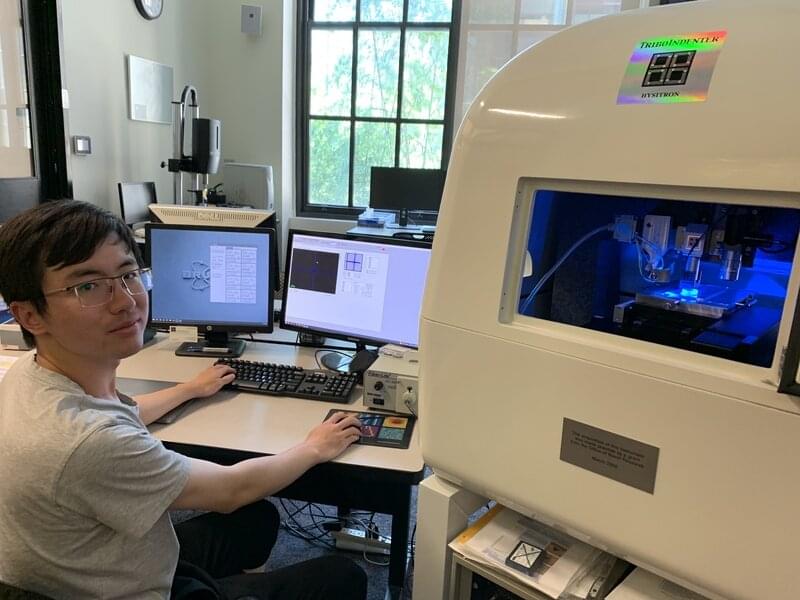
In an example of the adage “everything old is new again,” MIT engineers report a new discovery in semiconductors, well-known materials that have been the focus of intense study for over 100 years thanks to their many applications in electronic devices.
The team found that these important materials not only become much stiffer in response to light, but the effect is reversible when the light is turned off. The engineers also explain what is happening at the atomic scale, and show how the effect can be tuned by making the materials in a certain way—introducing specific defects—and using different colors and intensities of light.
“We’re excited about these results because we’ve uncovered a new scientific direction in an otherwise very well-trod field. In addition, we found that the phenomenon may be present in many other compounds,” says Rafael Jaramillo, the Thomas Lord Associate Professor of Materials Science and Engineering at MIT and leader of the team.
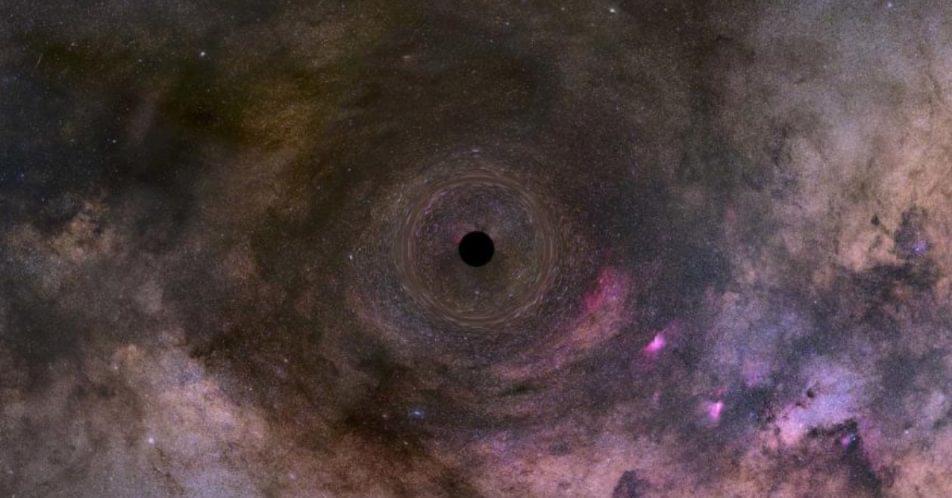
In late May, a collaborative study, led by Kailash Suhu, was published claiming that they had managed to identify the first ever isolated black hole, identified by shorthand as OB11046. While by itself, this discovery presents no new information with regards to their nature, it highlights the staggering progress we’ve made in recent years in detecting these bodies.
Previously, black hole detection was very much limited by the fact that they do not emit, nor reflect any detectable electromagnetic radiation. As such, astronomers were only able to infer their presence via two mechanisms.
The first is by tracking the orbits of nearby celestial bodies and observe whether their motion can be modelled by the forces experienced by their neighbours. Any unusual motion can usually be explained by a nearby black hole contributions. The second requires the black hole to form an accretion disk. As matter is caught in the intense gravitational field, it orbits the black hole and is accelerated to intense velocities, causing the material to emit certain wavelengths of high energy electromagnetic radiation, such as x-rays.


We’ve recently heard about efforts to replace some of the aggregate used in concrete with crumbled used tires. Now, scientists have succeeded in producing good quality concrete in which all of the aggregate has been replaced with tire particles.
In recent years, we’ve heard about efforts to replace some of the aggregate used in concrete with crumbled used tires. Now, however, scientists have succeeded in producing good quality concrete in which all of the aggregate has been replaced with tire particles.
Concrete consists of three parts: water, a cement which binds everything together, and an aggregate such as sand or gravel. That aggregate has to be mined from the ground, and is actually now in short supply in many parts of the world.
Discarded tires can be recycled to a certain extent, but often just end up sitting in landfills or getting burned.
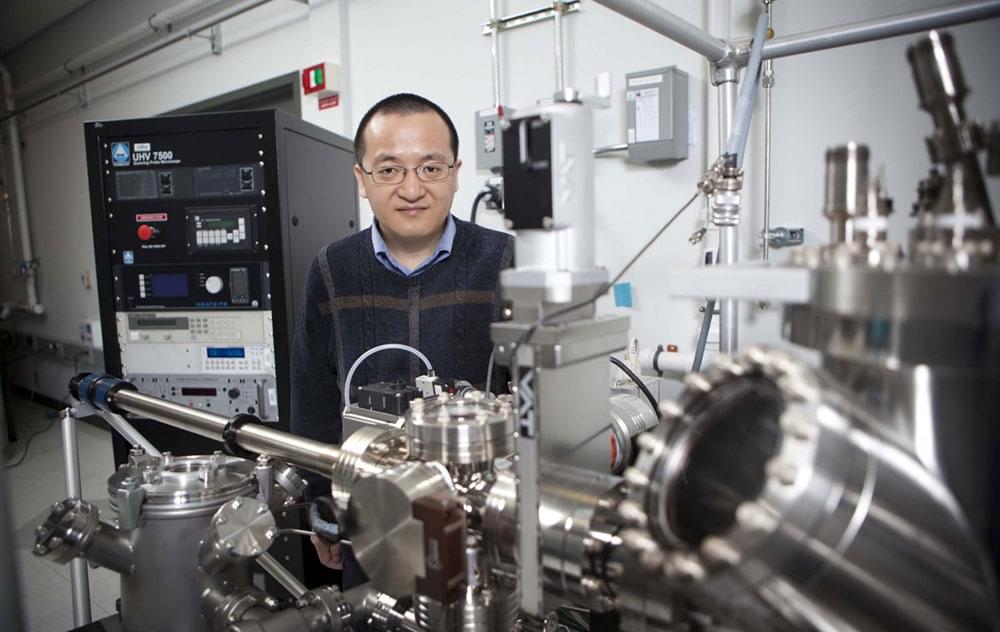

MIT researchers have developed a method for 3D printing materials with tunable mechanical properties, which can sense how they are moving and interacting with the environment. The researchers create these sensing structures using just one material and a single run on a 3D printer.
To accomplish this, the researchers began with 3D-printed lattice materials and incorporated networks of air-filled channels into the structure during the printing process. By measuring how the pressure changes within these channels when the structure is squeezed, bent, or stretched, engineers can receive feedback on how the material is moving.
These lattice materials are composed of single cells in a repeating pattern. Changing the size or shape of the cells alters the material’s mechanical properties, such as stiffness or hardness. For instance, a denser network of cells makes a stiffer structure.
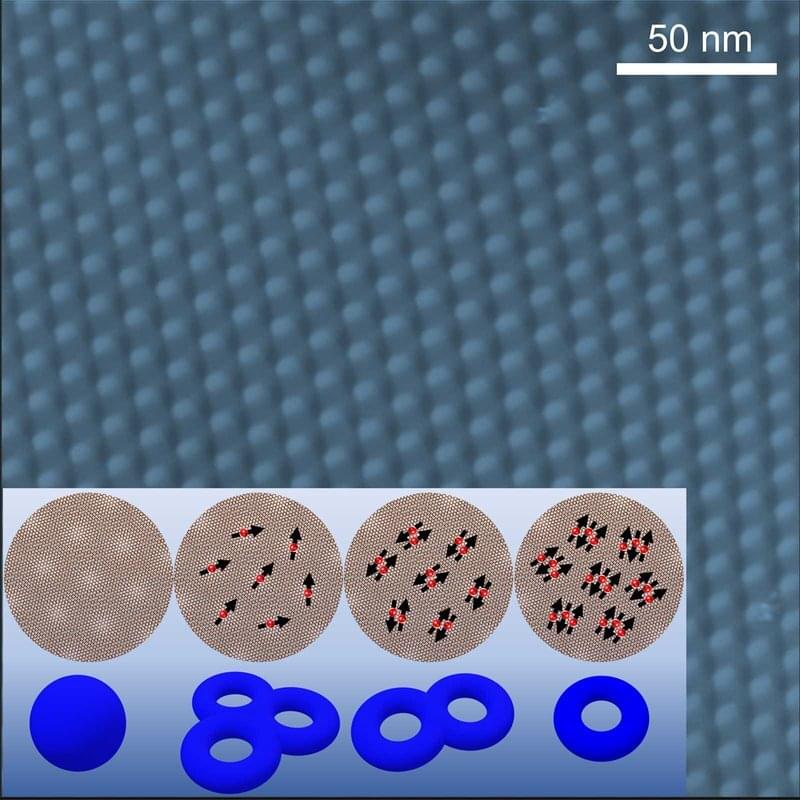
A sheet of magic-angle twisted bilayer graphene can host novel topological phases of matter, a study has revealed.
Magic-angle twisted graphene, first discovered in 2018, is made from two sheets of graphene (a form of carbon consisting of a single layer of atoms in a honeycomb-like lattice pattern), layered atop one another, with one sheet twisted at precisely 1.05 degrees with respect to the other. The resulting bilayer has unusual electronic properties: for example, it can be made into an insulator or a superconductor depending on how many electrons are added.
The discovery launched a new field of research into magic-angle twisted graphene, known as “twistronics.” At Caltech, Stevan Nadj-Perge, assistant professor of applied physics and materials science, has been among the researchers leading the charge: in 2019, he and his colleagues directly imaged the electronic properties of magic-angle twisted graphene at atomic-length scales; and in 2020, they demonstrated that superconductivity in twisted bilayer graphene can exist away from the magic angle when coupled to a two-dimensional semiconductor.
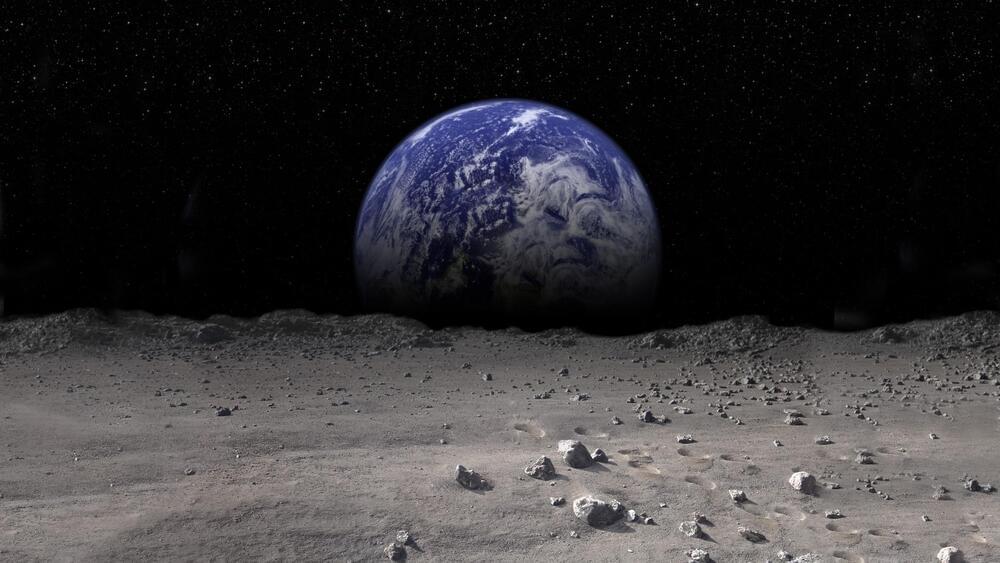
This is the first definitive proof that the Moon inherited indigenous noble gases from the Earth’s mantle.
The Moon has long been a source of fascination for humans. The discovery is an essential piece of the puzzle in understanding how the Moon was formed. ‘Tom Dooley’ is the only instrument in the world capable of detecting such low helium and neon concentrations. A new study has found that Moon inherited the indigenous noble gases of helium and neon from Earth’s mantle.
Researchers from Eidgenössische Technische Hochschule (ETH), Swiss Federal Institute of Technology Zurich, discovered the first definitive proof that the Moon inherited indigenous noble gases from the Earth’s mantle, according to a study published in the journal Science Advances on Wednesday.
“Finding solar gases, for the first time, in basaltic materials from the Moon that are unrelated to any exposure on the lunar surface was such an exciting result,” said Cosmochemist Patrizia Will, study lead researcher at the Washington University, St. Louis.
The Moon has long been a source of fascination for humans. However, it was not until Galileo’s time that scientists began to investigate it seriously.
Over the course of nearly five centuries, scientists proposed numerous, heavily debated theories about how the Moon formed.
Now, a team of geochemists, cosmochemists, and petrologists has shed new light on the Moon’s origin story.
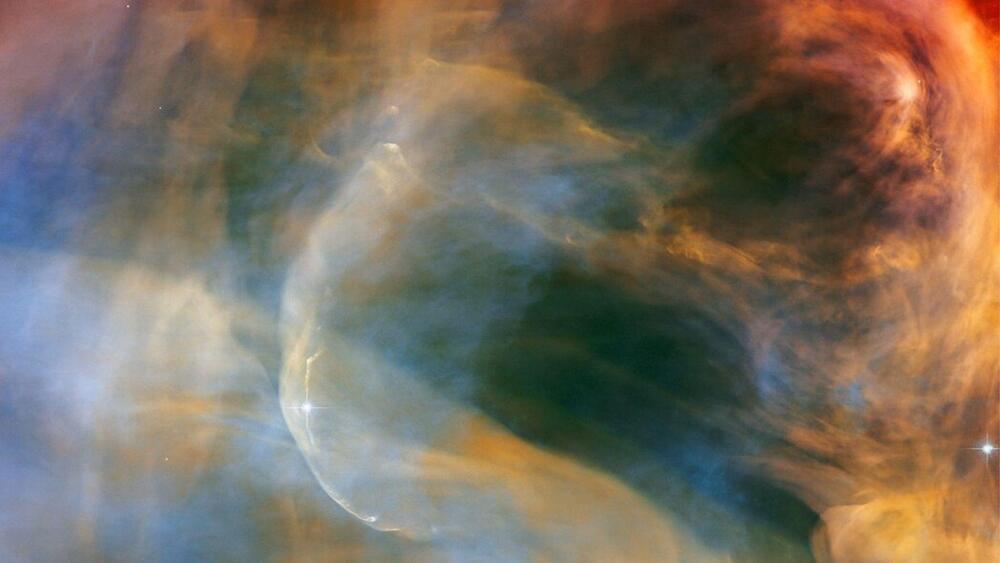
One of the most beautiful and spectacular parts of the night sky is the Orion constellation.
Herbig-Haro object HH 505 is around 1,000 light-years from the Earth. HH objects are bright patches of nebulosity associated with newborn stars. The photograph was created with 520 ACS images in five different colors to get the sharpest view ever. The Hubble telescope has taken a new magical image of the Orion Nebula.
One of the most beautiful and spectacular parts of the night sky is the Orion constellation. The Orion Nebula is one of the Milky Way’s most studied and photographed objects and a nest of material where young stars are being formed. Alnitak, Saif, and Rigel are floating in a large, dense cloud of interstellar dust and gas between the stars.
“This celestial cloudscape captured the colorful region surrounding the Herbig-Haro object HH 505,” read the European Space Agency’s (ESA) official website.
Herbig-Haro (HH) objects are bright patches of nebulosity associated with newborn stars.
The magnificent cloud is a valuable laboratory for studying star formation because of its close vicinity (1,344 light-years from the Sun). Its size and proximity, which spans 24 light-years, make it visible to the naked eyes, reported ScienceAlert on Sunday.
“This observation was also part of a spellbinding Hubble mosaic of the Orion Nebula, which combined 520 ACS images in five different colors to create the sharpest view ever taken of the region,” ESA documented.